Knowing where to shoot a deer and causing its immediate collapse and harvest is every deer hunter’s goal. A humane dispatch requires skills with your weapon and real-world knowledge of where to aim at the deer standing before you.
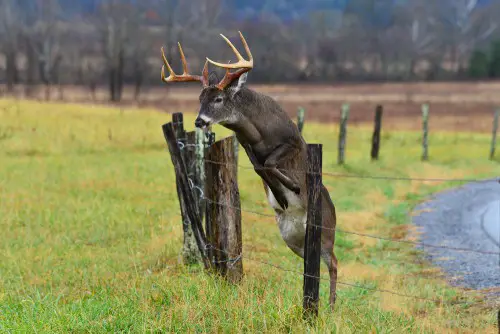
Where to shoot a deer: The sweet spot.
The best place to shoot a deer is in both the heart and lungs. On a broadside, eye-level target, aim four inches directly above the front leg. An arrow or bullet fired at this spot will effortlessly enter the open space created by the humerus and scapula, destroying both vital organs.
Wait, that’s not what the experts say. Your deer hunting mentor told you to aim behind the shoulder. You were told that heavy, impenetrable bones acted as a shield, protecting a deer’s heart and lungs from a direct broadside shot. If you are an archer, you were even encouraged to wait for a quartering away shot whenever possible.
Want to see why aiming above the leg is the best place to hit a deer’s heart and lungs? Then continue reading.
Related: Tips for deer food plotting.
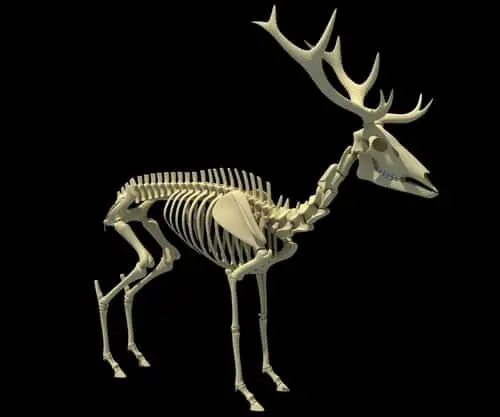
Deer anatomy: The skeleton doesn’t protect a deer’s vitals.
Take a real good look at the photo above. Notice the big pocket of unprotected space around the heart and lungs? It’s almost like where the scapula and humerus join was designed as a weak spot for archers and rifle hunters.
On a deer standing broadside and at eye level with you, your shot will easily penetrate ribs and muscles and then tear right through the heart and lungs. Your deer might kick. It may take a few faltering steps forward. But there will be no foot chase, blood trailing work, or need for a follow-up shot.
Related: The three best deer hunting calibers.
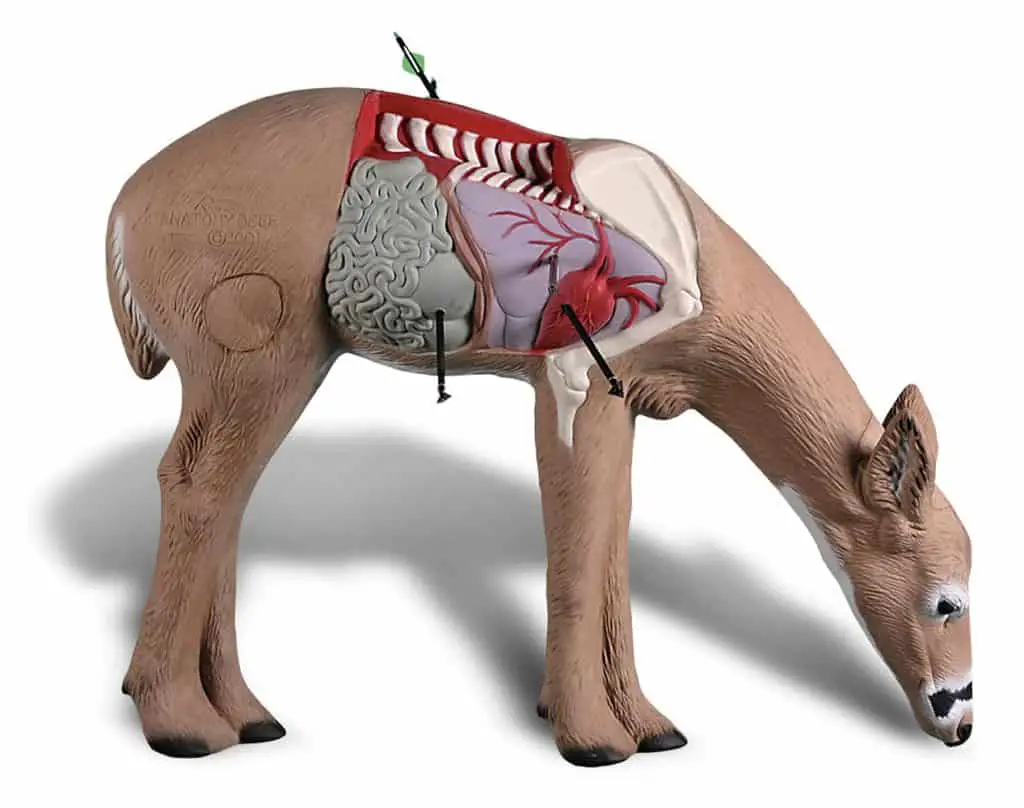
How to practice for an archery deer kill shot.
If you want to remember what you have just learned about actual deer anatomy in the field, practice on the range using a Rinehart 3D target. These self-healing foam targets can take far more shots and field abuse than any other target on the market. Plus, they reinforce in your mind why you are aiming above the leg.
Please note: I have no financial relationship with this company—I just prefer a scientifically accurate target to practice on.
Rinehart also makes an Anatomy Shot Placement Model, good for classroom instruction—but not something your average deer hunter needs. I’m tossing in a link here, so I don’t feel bad about using a photo of it to prove my point and their company’s commitment to accuracy.
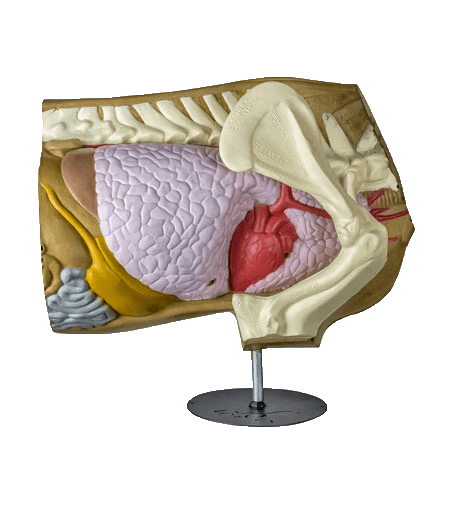
Rifle users can hone their shooting skills by taking up the sport of coyote hunting. along the way, they can add a few more trophy bucks to woods and fields around them.
Related: Coyote Hunting And Deer Survival.
Related: Coyote shot placement.
The benefits of understanding deer anatomy.
A good instructor teaching a Hunter’s Education course will tell their students their entire deer hunting future in one sentence. ”In the beginning, you will take any deer you see, and every year after that, you will be more and more selective about your targets.”
The meaning of this statement is clear. Your first-year deer of hunting can be summed up as, ”if it’s brown, it’s down.” After that, your seasons are about size and trophies. Eventually, more and more deer are allowed to pass by you unharmed.
But there is one last stage we rarely talk about, and it is during this stage knowing deer anatomy can extend your years of deer hunting: Old age.
The advantages of excellent deer shot placement for older hunters.
Along with all the experience, knowledge, and shooting skills you attain over many years of deer hunting come an unknown number of physical infirmities.
You may put on weight, develop high blood pressure, suffer from diabetes, or have heart disease. If you leave the office Friday afternoon and try to drag a heavy buck through the woods Saturday morning, you might be in the obituary section of Monday’s paper.
A male deer hunter over 50 years old is three times more likely to die from a heart attack while hunting than killed by a stray bullet. While there are several ways to reduce the chance of having a heart attack, enough hunters die every year from them to know you won’t plan ahead and get fit before opening day.
Where to shoot a deer if you are over 50.
Excellent shot placement for deer hunters over 50 allows them to take a deer in a precise, easy-to-collect location. Waiting for the broadside, heart and lung shot means no long trudges through deep snow, no wrestling on the sloped ground to get the deer gutted, and avoiding a heart-crushing drag over rocks and branches back to your vehicle.
Younger deer hunters will scoff at the very notion of waiting for a deer to enter a particular area, wait for it to stand broadside, and then take a shot over the front leg. But older and less physically fit hunters (myself included) have the patience and the ability to plan, wait, and place these perfect shots.
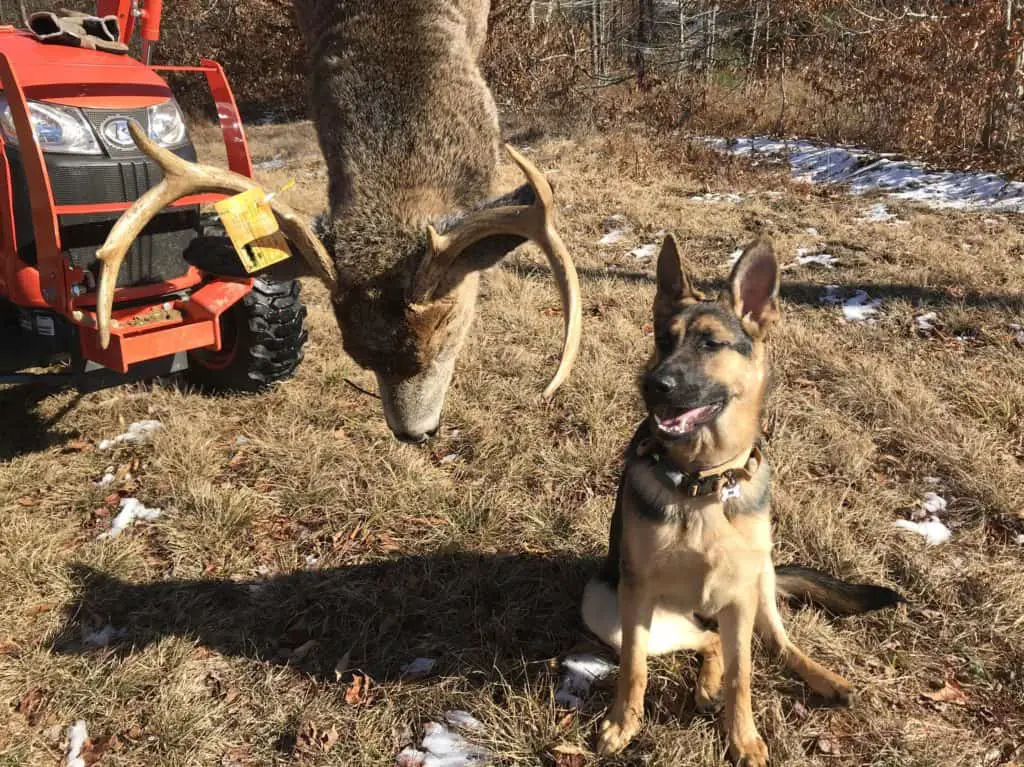
Ethical deer hunters know where to aim on a deer.
Perfectly placed shots produce dead right there deer. There won’t be a wounded deer that ends up in a coyote’s belly later that night. You won’t have to wait for circling buzzards to find that trophy buck you shot yesterday.
Waiting to fire until conditions are just right, is the first admirable personality trait you will notice in yourself as a hunter. It could also help you avoid having a heart attack later.
And as you extend your years as a deer hunter, you’ll have a new saying on the towels in your hunting camp.
If it’s brown and I wait until it turns around, it’s instantly dead on the ground.

